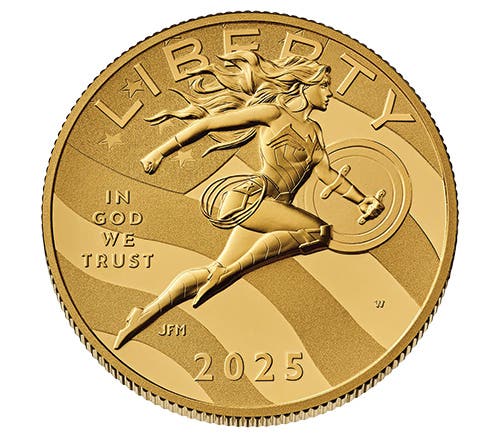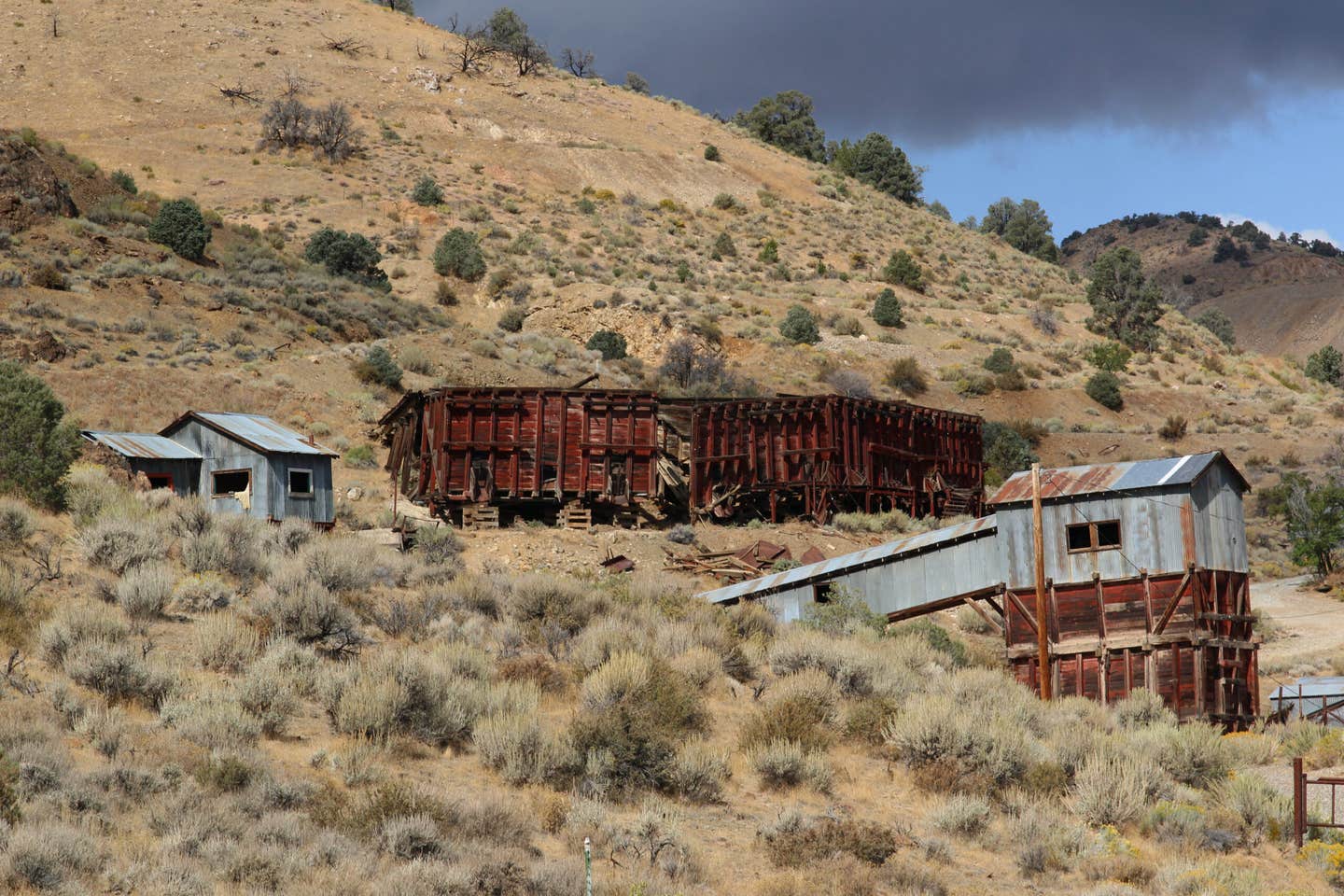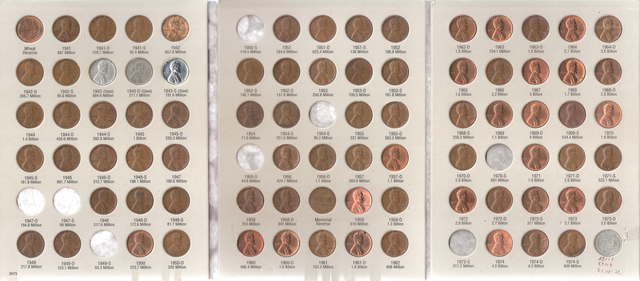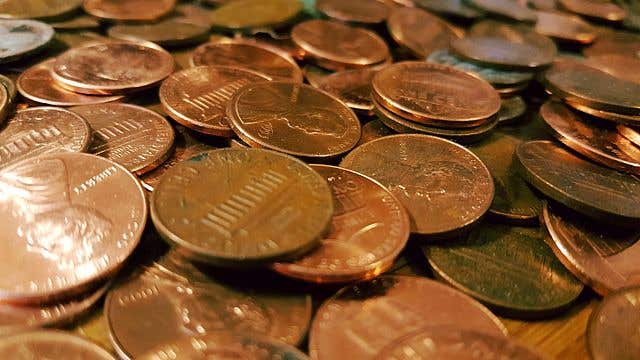Is Gold Finally a High-Quality Liquid Asset?
Is gold still king, or about to get dethroned? As Basel III’s final phase nears, conflicting rules, regulatory delays, and shaky compliance are rattling nerves in the bullion world.
Starting in 1988, the Bank for International Settlements (BIS) has issued three rounds of guideline standards for major banks. The most recent round, called Basel III, began to be implemented on Jan. 1, 2019. The impact date of the final elements of Basel III, which has been postponed multiple times, is now set for July 1, 2025.
There has been significant confusion and inaccuracies in statements within the precious metals industry as to how gold will be treated differently under the guidelines that take effect in a few weeks.
Part of the confusion is that there are different guidelines for the capital and liquidity standards of banks.
The BIS has recognized physical gold since 1988 as a Level 1 High-Quality Liquid Asset (HQLA) for capital purposes. HQLA assets have low bid/ask spreads, high trading volumes, and relatively low volatility and are negatively correlated with risky assets during stressful markets. Gold, in comparison, performs better in all of these requirements than does the U.S. Treasury 30-year bond, which is another Level 1 HQLA.
Under Risk Weighted Asset credit risk rules, gold is treated as having zero percent risk.
What will change on July 1 is that banks that hold short positions in gold will be required to own offsetting long positions covering at least 85 percent of that exposure as a Required Stable Funding (RSF) factor. This is the same ratio as required for short sales of other commodities such as corn and lead.
In theory, major banks manage risk by 100 percent, offsetting coverage of their gold short positions. In practice, a number of banks have suffered major losses over the years because they too often did not. Now that they are officially supposed to cover at least most of this risk, that supposedly will reduce the possibility of a financial calamity for a bank.
By the way, the July 1 compliance date for the remainder of the Basel III guidelines is not being universally implemented. The European Union has delayed some of them until January 2026. The United Kingdom has postponed the effective date until 2027. In the United States, the implementation date is currently uncertain. Banks may adopt these standards ahead of time.
Last column’s numismatic trivia question.
Last time, I asked— Which U.S. president appears on the greatest number of denominations of U.S. currency? Thirteen presidents have appeared on one or more issues of U.S. paper money—Washington, Jefferson, Madison, Monroe, John Quincy Adams, Jackson, Lincoln, Grant, Garfield, Cleveland, Benjamin Harrison, McKinley, and Wilson. In depictions on the front or back, George Washington has appeared on fourteen different denominations--3¢, 5¢, 10¢, 25¢, 50¢, $1.00, $2.00, $5.00, $20.00, $50.00, $100.00, $500.00, $1,000, and $5,000. Lincoln was a distant second, appearing on six denominations--50¢, $1.00, $5.00, $10.00, $100.00, and $500.00.
This week’s trivia question
Here is this week’s question. Which person who never served as U.S. president appears on the greatest number of denominations of U.S. currency? Come back next week for the answer.
Patrick A. Heller was honored as a 2019 FUN Numismatic Ambassador. He also received the American Numismatic Association 2018 Glenn Smedley Memorial Service Award, the 2017 Exemplary Service Award, the 2012 Harry Forman National Dealer of the Year Award, and the 2008 Presidential Award. Over the years, he has also been honored by the Numismatic Literary Guild (including twice in 2020), the Professional Numismatists Guild, the Industry Council for Tangible Assets, and the Michigan State Numismatic Society. He is the communications officer of Liberty Coin Service in Lansing, Michigan, and writes “Liberty’s Outlook,” a monthly newsletter on rare coins and precious metals subjects. Past newsletter issues can be viewed at www.libertycoinservice.com. Some of his radio commentaries, "Things You ‘Know’ That Just Aren’t So,” and “Important News You Need To Know,” can be heard at 8:45 a.m. Wednesday and Friday mornings on 1320-AM WILS in Lansing (which streams live and becomes part of the audio archives posted at www.1320wils.com).
You may also like:









